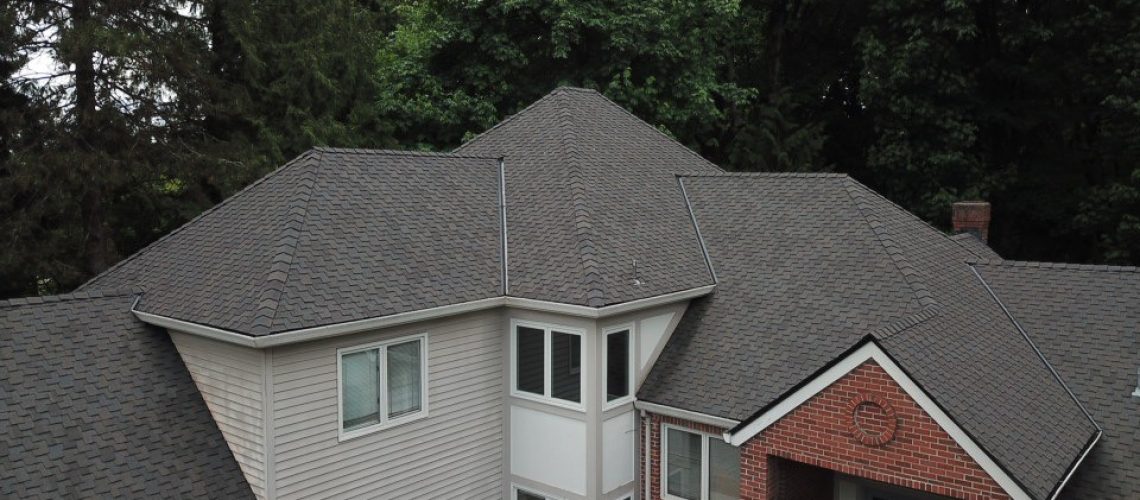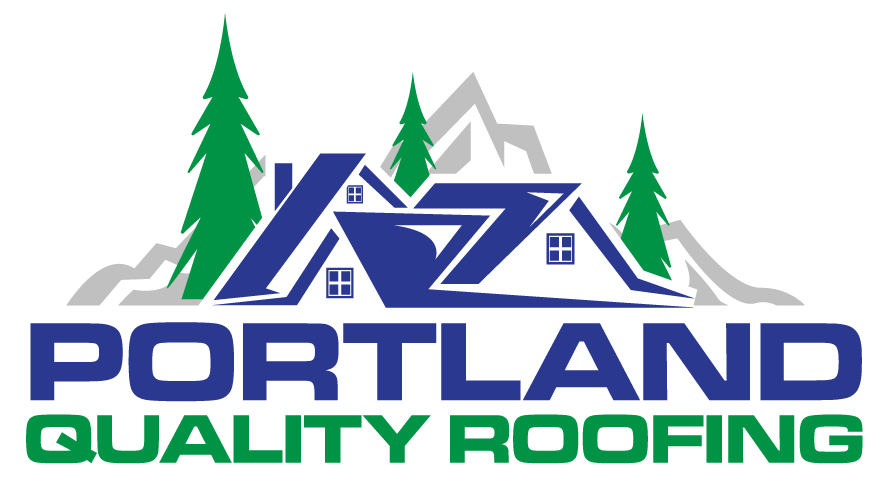Share this article
Share on facebook
Share on google
Share on twitter
Share on print
Share on email

You’ve probably heard roofers or contractors talk about attic ventilation. Proper attic ventilation is an important part of the overall performance of any roofing system. You can have good roof decking, good quality synthetic underlayment, proper installed roof flashing and great quality shingles but if the attic ventilation is not adequate your roofing system will not perform as it should. Lack of attic ventilation can cause many problems in and around your home. Depending on the climate that you live in, lack of proper ventilation can have a serious impact on your energy bills and the lifespan of your roof.
Attic ventilation is important to keep the air flowing through your attic, rather than simply letting it sit. Ventilation basically helps outside cool air pass through your attic, removing excess heat and moisture from the air of your attic as it does so. Air comes in through the lower areas of your roof like your soffits and eaves, goes through the attic and is exhausted through the roof at the ridge cap (ridge venting) or by a roof vent. This process helps create the right air balance in your attic, which plays an important role in keeping your home comfortable.
How much ventilation do you need?
Since most roofs are under ventilated, many people have no idea how much roof ventilation is required and how is measured. The FHA recommends that you have 1 square foot of attic ventilation (50% intake and 50% exhaust) for every 300 square feet of attic space.
What happens when there isn’t enough attic ventilation?
One of the problems that a lack of attic ventilation can cause is a super-heated attic. Without the air moving through the attic space, the air trapped inside starts to heat up with the sun beating down on the roof. This heat then transfers itself through the floor of your attic and begins to warm the rooms of your home. This in turn leads to higher energy bills as your fans and AC work to combat it.
Another issue with the fact that your attic is becoming over heated is the lifespan of your roof shingles. The heat from your attic won’t just be transferred down into your living space; it will also be transferred back to the roof itself. This causes the shingles to become overheated, essentially frying them and decreasing their lifespan.
During the winter steam from your shower, clothes dryer, and kitchen can all get trapped in the attic where it condenses. This condensation can drip back down onto your insulation, making it less effective. It can also lead to the growth of mold in your attic and in your insulation where it can harm your family’s health.
Condensation and excess moisture can also form on your eaves and soffits, driving moisture back up under your roof and forming ice dams that can cause leaks as well. Proper ventilation keeps the air moving all year long, which moves the moisture out of the attic before it can condense.
Does my roof need to be replaced? | Should I repair or replace my roof? | How important is having a good roof? | Can I re-roof my house on my own? | Can I add a second layer of shingles to my roof? | How much does a new roof cost? | How much value does a new roof bring to your home? | What is the process for re-roofing my house? | What are the main components of a roofing system? | The importance of having a good roof deck & Do I need to install plywood over shiplap / tongue & groove decking? | Why is the roof underlayment so important? | How important are roof flashings and what are the different types? | Why is attic ventilation essential for a good roofing system? | What types of roofing materials are available and what are the pros and cons of each? | What are the top shingle manufacturers? | How important is the warranty of workmanship and materials? | How long does a new roof last? | How to maximize the life of your roof?
